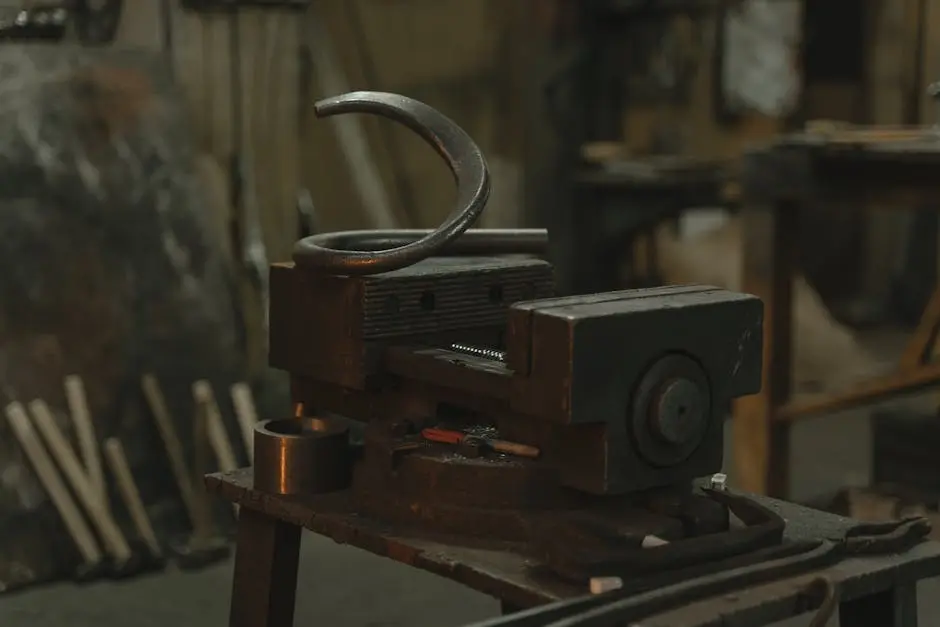Understanding the pawn value of machinery can be crucial for both lenders and borrowers. Pawning equipment can open up quick cash options, but knowing how its value is determined can make all the difference. In this guide, we’ll break down the key factors influencing pawn value for machinery in easy-to-understand steps.
Step 1: Assess the Condition of the Machinery
Inspect the machinery for any wear and tear. A well-maintained item typically secures a higher pawn value.
Look closely at all functioning parts. If it’s running smoothly, that’s a big plus! Any visible signs of neglect might decrease its pawn value.
Remember, buyers often prefer equipment that looks good and performs well. A clean, serviceable machine instantly attracts attention and can fetch a better deal.
Regular maintenance logs can also bolster your case; they show potential pawnbrokers that you took care of the machinery, indicating a reliable piece of equipment.
Step 2: Consider the Brand and Model
Certain brands are more reputable than others, and popular models can fetch a better price.
For instance, industrial giants like Caterpillar or John Deere often see better pawn values due to their storied histories and market trust.
On the flip side, lesser-known brands may not command the same value, no matter how well they perform. Trust in a brand can be worth its weight in gold!
Older models from reputable brands can also retain value if they’re still in demand for specific applications, lending an interesting twist to pawn valuations.
Step 3: Research Market Demand
Check current trends and demand for similar machinery. The more sought after an item is, the higher the potential pawn value.
Look at online marketplaces or auction sites to gauge what similar machines are selling for. Consistent demand can drive up values significantly.
Seasonal factors can also influence demand. For example, landscaping machinery might peak in value during spring when the market is booming.
Monitoring local and national trends will give you a distinct advantage, allowing you to time your pawn strategically.
Step 4: Evaluate Age and Usability
Newer machinery often retains higher value, while older items may only hold value if they’re still usable or have vintage appeal.
When evaluating age, think about the specifics. How often was it used? Is it outdated technology? Understanding its place in the market is crucial.
Sometimes, even older machines can be valuable if they have a fanbase or niche market. Consider whether collectors or specialized businesses might be interested.
Ultimately, usability is king. If the machine can still fulfill the same function today as it did years ago, it will likely retain a fair share of its initial value.
Step 5: Get a Professional Appraisal
Consult with a pawnshop or expert appraiser to obtain an accurate valuation based on the criteria discussed.
Professional appraisers possess expertise in determining the value based on not just condition, but also current market dynamics.
A reliable appraisal can save you time and help you set a realistic price expectation. It ensures you’re not leaving money on the table.
Moreover, having a documented appraisal can make your machine more appealing to potential buyers, boosting both its pawn value and resale prospects.
Final Thoughts on Machinery Pawn Value
Pawn value for machinery is influenced by various factors, from market demand to condition. By understanding these elements, you can make informed decisions whether you’re pawning your machinery or looking to purchase.


